In November 2025, the transportation‐logistics sector is continuing its technology transformation—driven by automation, digitalization and sustainability—but facing some headwinds in volumes and legacy system gaps.
Key developments
-
Global markets for transportation-management systems (TMS) continue to expand. A recent report notes that the “Global Transportation Management Software Market” was valued at USD 9.5 billion in 2024 and is on track to reach about USD 20.7 billion by 2033, reflecting strong demand for digital logistics tools.
-
A prominent trend: “intelligent TMS” solutions that embed AI capabilities and modular architectures are gaining traction. These systems help logistics and supply-chain leaders reduce complexity, handle disruption more nimbly and cut costs.
-
Visibility into freight flows via port/rail metrics: ITS Logistics’ “Port/Rail Ramp Freight Index” for November shows import and export volumes continuing to decline in the U.S., which while easing congestion is a signal of softer demand.
-
Challenges remain: Despite many tech investments, a new report by DHL Supply Chain finds that nearly half of logistics firms still regard outdated systems as a top concern (49 % cited this) even though 91% have upgraded technology in the past five years.
-
Emerging research: Two recent papers (dated November 2025) highlight advanced algorithmic/logistics research — one on “hybrid GraphSage deep networks” for logistics delay prediction and shipment-type classification, and another on “dynamic pricing systems” for open-asset less-than-truckload (LTL) freight networks.
What this tells us
-
Acceleration of digitization, but uneven adoption: Many firms are adopting modern TMS/analytics platforms, but legacy tech and integration gaps persist—creating friction in achieving full end-to-end visibility and agility.
-
Demand softness influencing logistics tech dynamics: With volumes weakening (as shown by the ITS Logistics index), logistics providers may focus more on cost‐efficiency, asset utilization and tech that supports flexibility, rather than just growth expansion.
-
AI and analytics going deeper: The recent academic work shows that logistics firms are moving beyond “tracking & visibility” into predictive and prescriptive analytics—e.g., forecasting delays, optimizing asset sharing in LTL networks, and dynamic pricing.
-
Sustainability & business model shifts gaining priority: While not always specific to November, the broader 2025 trendsetters point strongly toward sustainable fleet technologies, flexible freight networks (e.g., shared assets in LTL), and smarter routing/optimization.
Where things are headed in the near term
-
Focus on modular, cloud-based logistics platforms: Solutions that allow rapid configuration, integration with external data (e.g., IoT sensors, external carriers) and scalability will increasingly win.
-
Intelligence layered over operations: The next wave is not just automation of manual tasks, but embedding of AI/ML for decision support—asset allocation, dynamic load matching, predictive maintenance.
-
Cost/leverage play: With volume pressure, logistics tech spending will be more closely tied to demonstrable ROI—asset utilization, cost reduction, flexibility—rather than just expansion.
-
Convergence of sustainability + tech: Fleet electrification, carbon tracking in logistics networks, more efficient route/asset use will be tech‐enabled and increasingly required by customers/ regulators.
-
Integration remains key: Companies with patch‐work “old systems + new modules” will struggle. End-to-end integration (TMS + warehouse + shipping + real-time tracking) remains a gap.
Conclusion
In November 2025, transportation-logistics technology is at an interesting inflection: many of the foundational building blocks (TMS, IoT, analytics) are in place, and firms are pivoting toward the next wave of intelligence and business model change. But softer freight volumes and legacy tech debt mean that the winners will be those who combine pragmatic cost-efficiency with innovative intelligence and sustainability rather than pure expansion.
